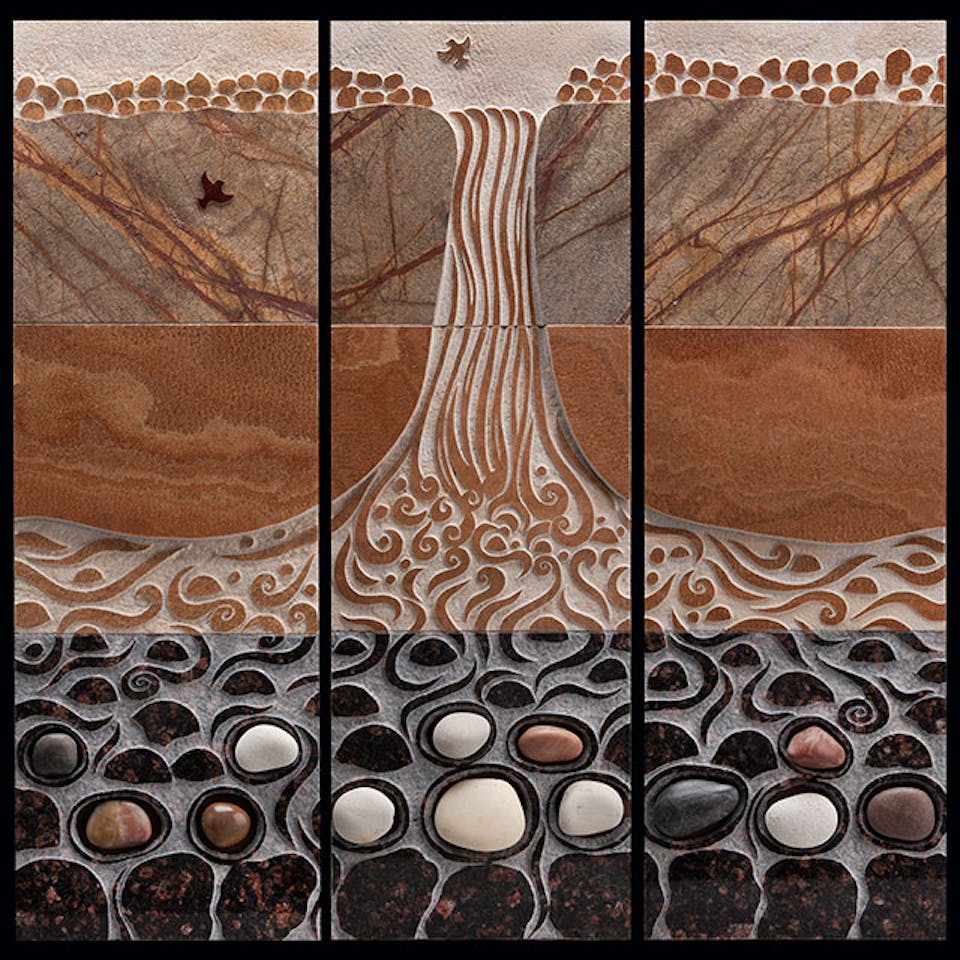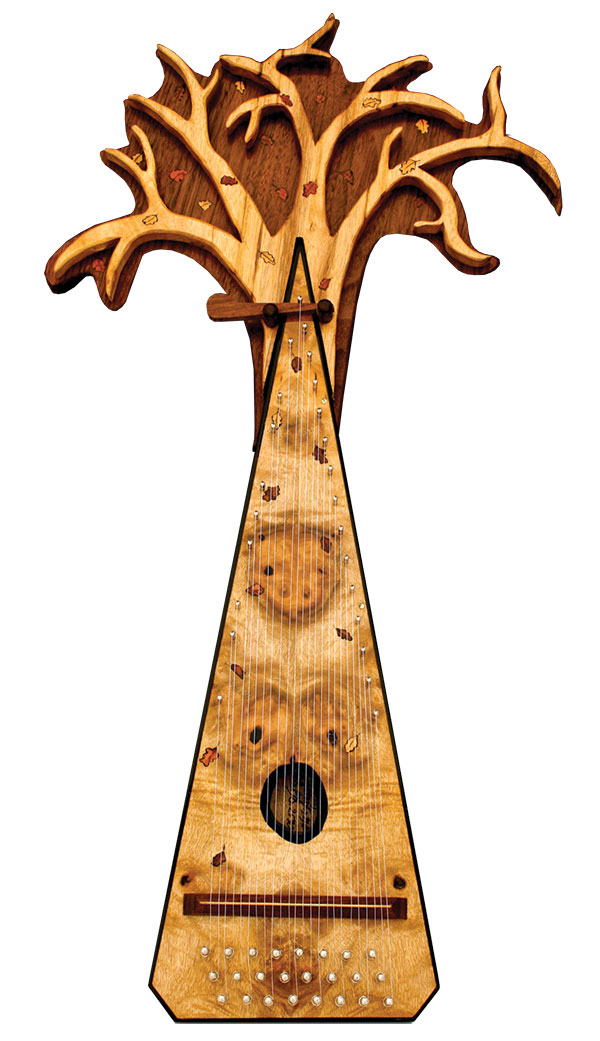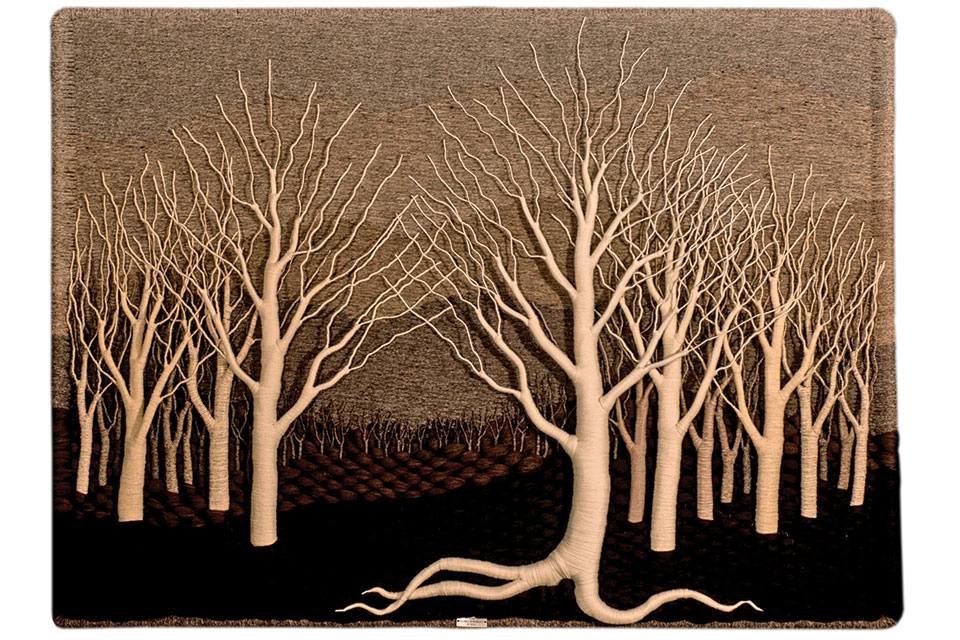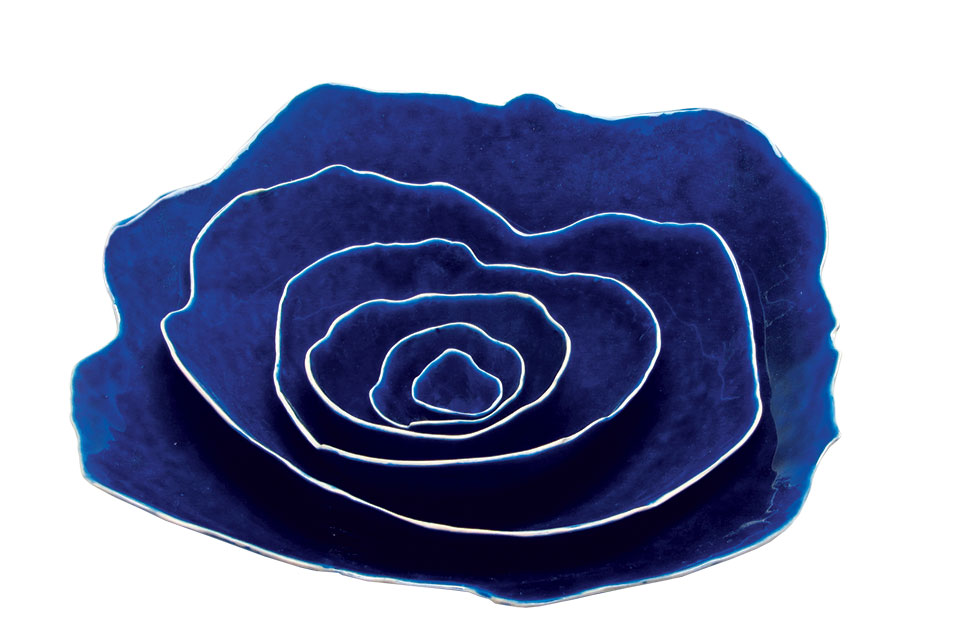Arts
Natural Order
Five artists appearing in Columbus this month discuss how the patterns and processes found in the world we share have shaped their work.
Related Articles
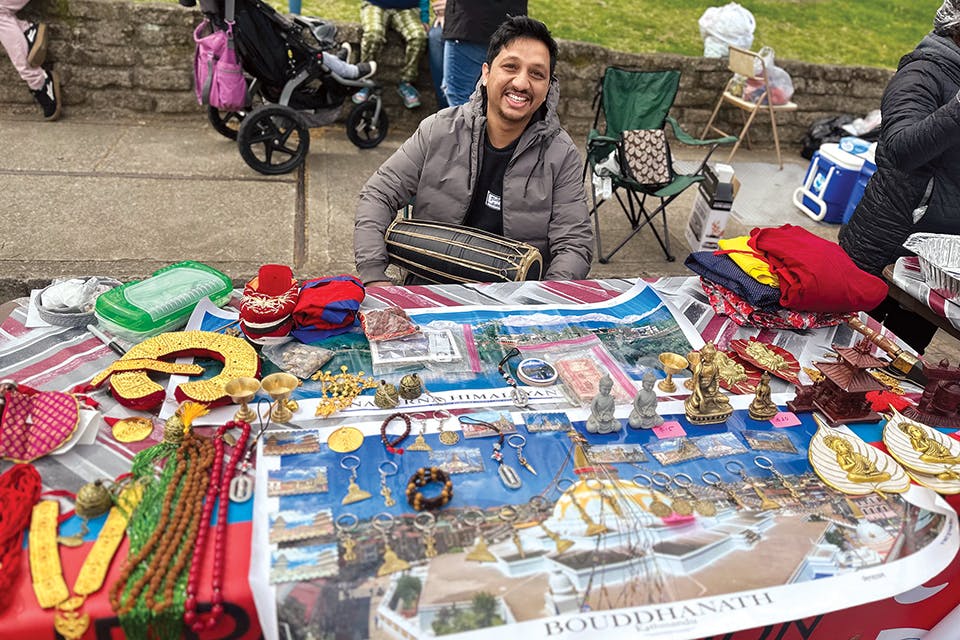
Explore Cultures of the World at Ohio University’s International Street Fair
Visit Howard Park in Athens on April 6 to learn about other countries, try new foods and learn how we are all connected in more ways than we may realize. READ MORE >>

Embrace Winter at Cleveland’s Outdoor Music Festival
Brite Winter began in 2010 as a way to bring northeast Ohioans out for live music and interesting art and has become a February tradition in the city. READ MORE >>

Drelyse African Restaurant, Columbus
Restaurateur Lisa Bannerman’s capital-city spot serves the authentic dishes she grew up with in Ghana. READ MORE >>


